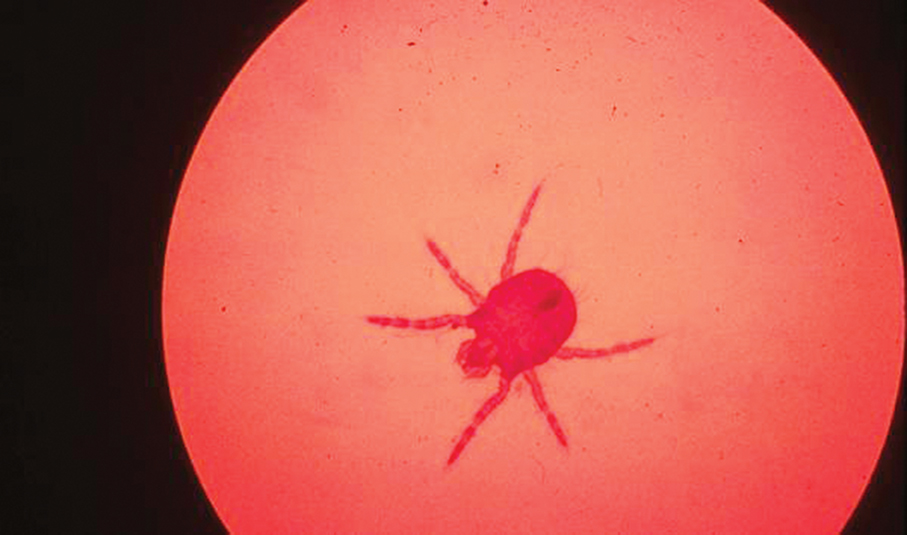A 54-year-old local woman who works as a landscape gardener has been diagnosed with Tsutsugamushi Disease (aka scrub typhus), the Health Bureau (SSM) said in a statement yesterday.
This is the first suspected case of scrub typhus reported in Macau this year.
According to the statement, the patient, who had developed a fever and muscle pain on May Day, sought treatment at a private clinic on May 5. The statement added that the patient went to the private Kiang Wu Hospital for treatment on May 7 after coming down with high fever and shortness of breath, where a peanut-sized eschar was found on her left elbow, and her chest radiograph showed bilateral pneumonia.
An eschar is a slough or piece of dead tissue cast off from the surface of the skin.
As requested by her family, the patient has been transferred to the public Conde de São Januário Hospital Centre, the statement said, adding that her symptoms improved “significantly” after treatment.
The patient said that neither her family nor colleagues had developed similar symptoms, adding that she had been working in a grassy area in Guia Hill Municipal Park, according to the statement, which pointed out that the patient had been to Zhuhai during the incubation period, but she did not walk through any grassland there.
According to the statement, scrub typhus is an acute infectious disease caused by bites from larval mites or chiggers carrying Rickettsia Tsutsugamushi. Rodents living in grasslands with high temperature, humidity and weeds are the most common reservoir of Rickettsia Tsutsugamushi.
Those suffering from scrub typhus may develop symptoms such as fever, headache, muscle pain, and rashes, or show serious complications, such as pneumonia and meningitis which in serious cases can cause respiratory failure and death.
The bureau urged residents to abide by the following measures when engaged in outdoor activities: avoid crossing grassy or wooded areas by using footpaths whenever possible, wear long sleeves and use a bug repellent, have a shower and put on a change of clothes when arriving home after leaving susceptible areas where they could have been easily infected with the disease, and find a doctor promptly if showing scrub typhus symptoms.

This undated file photo shows a chigger under a microscope.
– Photo courtesy of the US Missouri Department of Conservation









